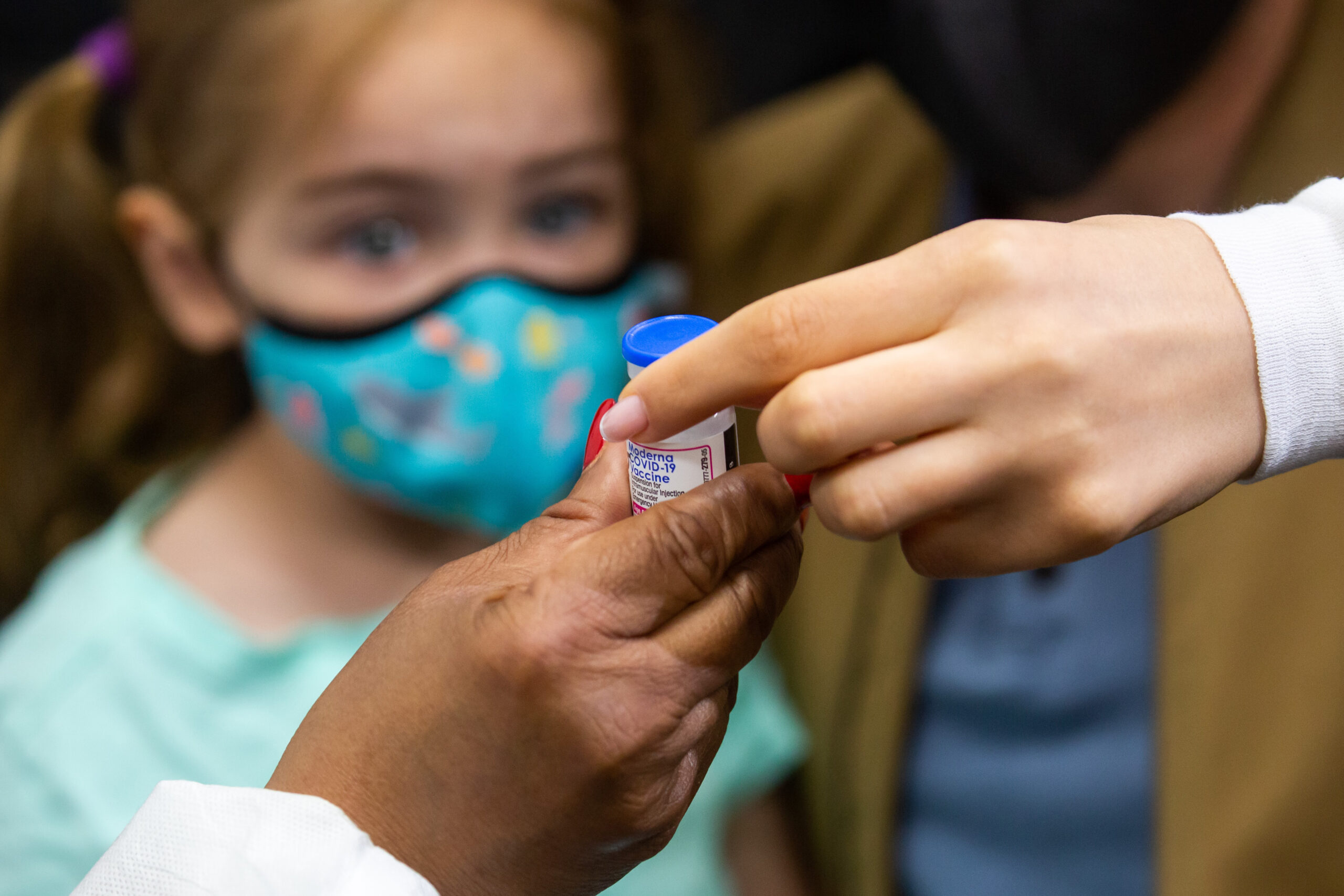Dr. Rasu Shrestha, executive vice president of health system of Advocate Health, masked up as a Covid precaution this week at the J.P. Morgan Healthcare Conference in Union Square.
Shrestha, who was visiting from Charlotte, North Carolina, but estimated that only around 5% of people were following suit—somewhat ironic at one of the largest health care-centered events of the year. As a physician, Shrestha said he’s been keeping his eyes on XBB.1.5, which has been shown to be even more contagious than previous strains of Covid.
“From a medical perspective, these variants are on the rise, and the overall rate of adoption of the second booster is pretty terrible,” Shrestha said, shrugging. “We’re back to normal, but maybe to a fault.”
The new strain of Covid is known in the scientific literature as XBB.1.5, but has been more colorfully dubbed the “Kraken” variant by a Canadian biologist.
“I think people are looking for something that is easy to communicate to the public that this isn’t the same Omicron we’ve seen before,” said Dr. Peter Chin-Hong, an infectious disease expert at UC San Francisco.
Kraken is an offshoot of the XBB subvariant, itself the result of a case where someone was simultaneously infected with two different Omicron cousins. The new strain is defined by a high number of mutations that makes it better at evading immunity through prior infection and vaccines.
There is little evidence that Kraken is more virulent or deadly than previous Omicron strains, and early evidence shows booster shots are still quite effective at preventing serious illness from the virus. But uptake has stalled in recent months, with less than 20% of San Francisans receiving their second booster shot.
“Even though antibodies wane, the immune memory of people’s T cells and B cells will be a moderating force,” Chin-Hong said.
Chin-Hong underscored though that he’s particularly concerned about those older than 65 who have not had exposure to the virus.
“That really speaks to the two worlds we’re living in. There’s still a group of people for whom it’s still like March of 2020,” Chin-Hong said.
The Kraken variant, which initially took root in the Northeast (where it currently makes up nearly three-fourths of cases), has the potential to become the dominant strain in the country and perhaps globally. Genomic surveillance data from the CDC shows that the XBB.1.5 currently makes up around 27.6% of cases in the U.S., putting it in second place.
But that represents a rapid rise from one month prior, when the strain made up a mere 4.3% of cases in the country. In the region that includes California, however, Kraken currently makes up only 7.6% of cases.
San Francisco has yet to see a major spike in cases from the end of year holidays, and models from California Department of Public Health project case counts continuing to decline through January.
Chin-Hong said UCSF has had a “slow burn” of around 40 hospitalized patients since around the end of November. Currently, the hospital system has 37 Covid patients in UCSF with eight in the ICU and five who are on ventilation.
Other countries’ bouts with the XBB variant could provide context on how the United States may respond. Singapore was hit with waves of the Kraken precursor, which led to a surge in hospitalizations. The countries, however, saw no significant increase in deaths as cases rose.
“Timing is everything. We just had this big surge of BQ.1 and BQ.1.1.” Chin-Hong said. “Even though this variant is different than the last one, it still will only mainly infect people that escaped the last round or didn’t get a recent booster.”
